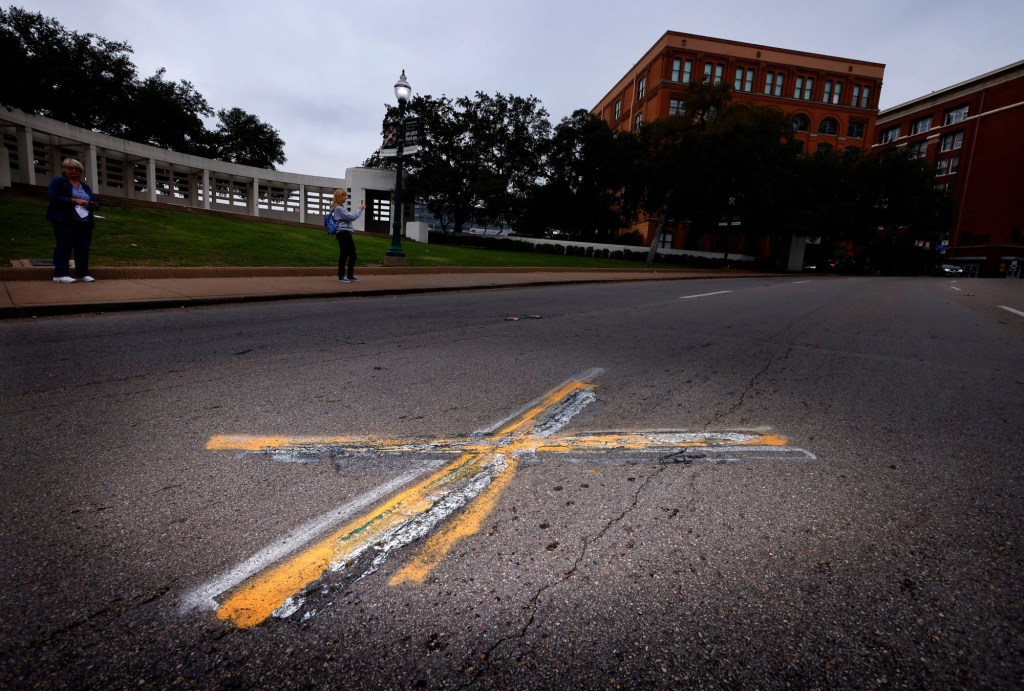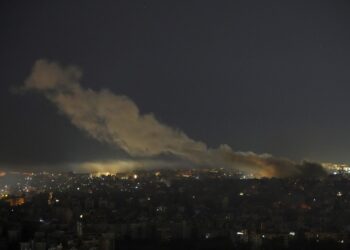DALLAS — On the 50th anniversary of President John F. Kennedy’s assassination in Dallas, civic leader Gail Thomas surprised a public symposium convened to discuss the matter by saying: “We have not wanted to own the shadow of the assassination. In a sense, we’ve been a city without a shadow. There was that sense that the heaviness was not acceptable. We had to build and soar and achieve and be a powerful city.”
A close friend had advised Thomas, “Don’t talk about the darkness. Don’t talk about the shame.” But that, she said, “has been our problem. We must own the shadow of the assassination. In psychology, the shadow is what carries the soul of the place.”
In the grim aftermath of the city’s darkest day, Dallas became a dateline of infamy. Then-Mayor J. Erik Jonsson spearheaded a tsunami of civic development, leading to Dallas Fort Worth International Airport, an I.M. Pei-designed City Hall and the ambitious Goals for Dallas. In the 60 years since, the city has changed radically, moving from red to blue politically and becoming far more culturally diverse. And yet, has it ever accomplished what Gail Thomas said it needed to? Has it embraced the shadow of its darkest day?
It’s a profound question and one not easily answered. As Thomas noted, the Dallas women who lobbied fiercely for the creation of The Sixth Floor Museum at Dealey Plaza were initially met with ferocious opposition.
Citizens such as Cowboys coach Tom Landry and cosmetics queen Mary Kay Ash called for the building’s demolition.
As a result, the building the museum now occupies — the former Texas School Book Depository, where accused assassin Lee Harvey Oswald is believed to have fired the fatal shots from a sixth-floor window — remained shuttered for more than a quarter century.
Decades later, a whole new debate is taking shape. Some critics ask why the city has succumbed to being a focal point of…
Read the full article here







